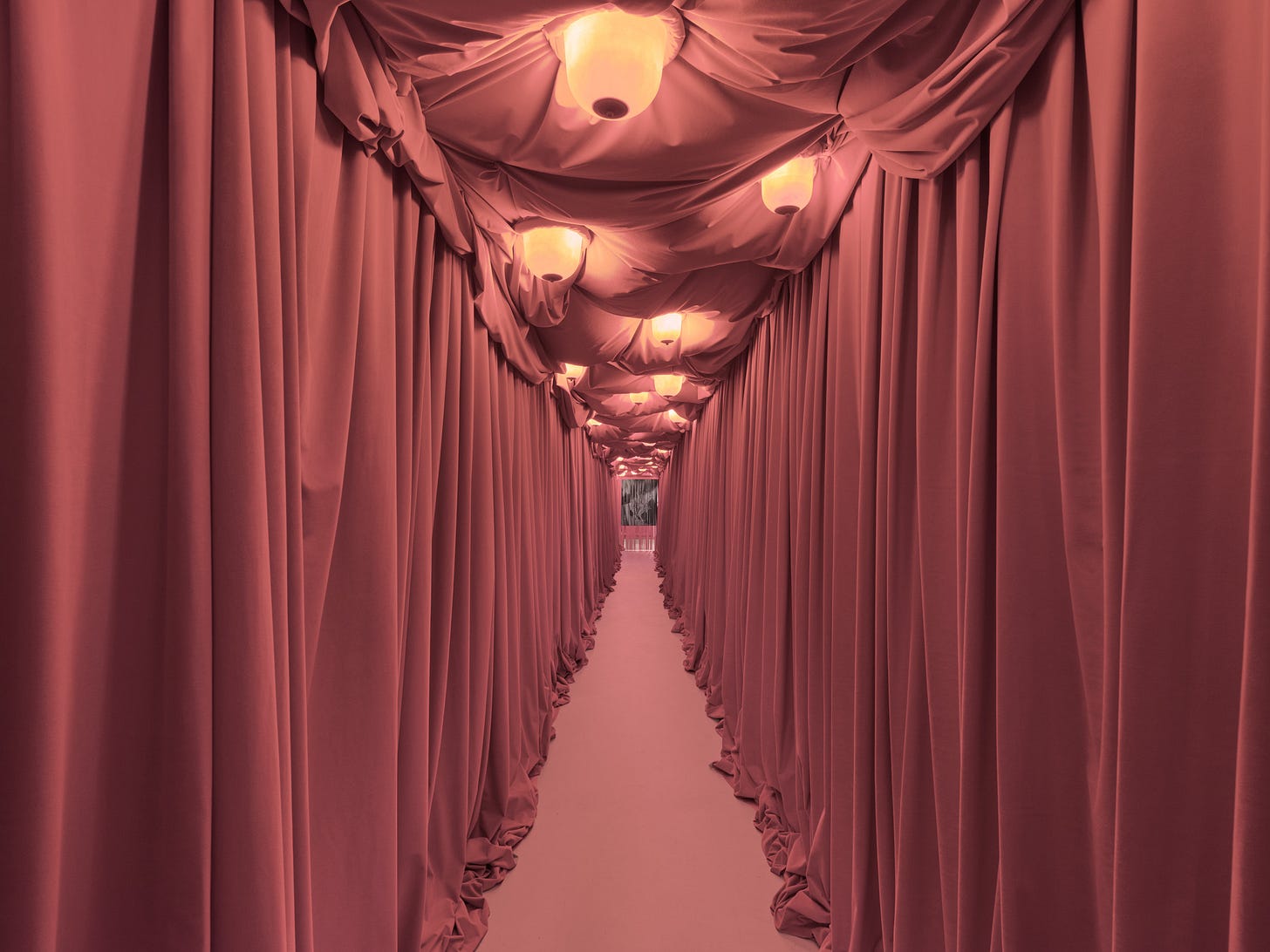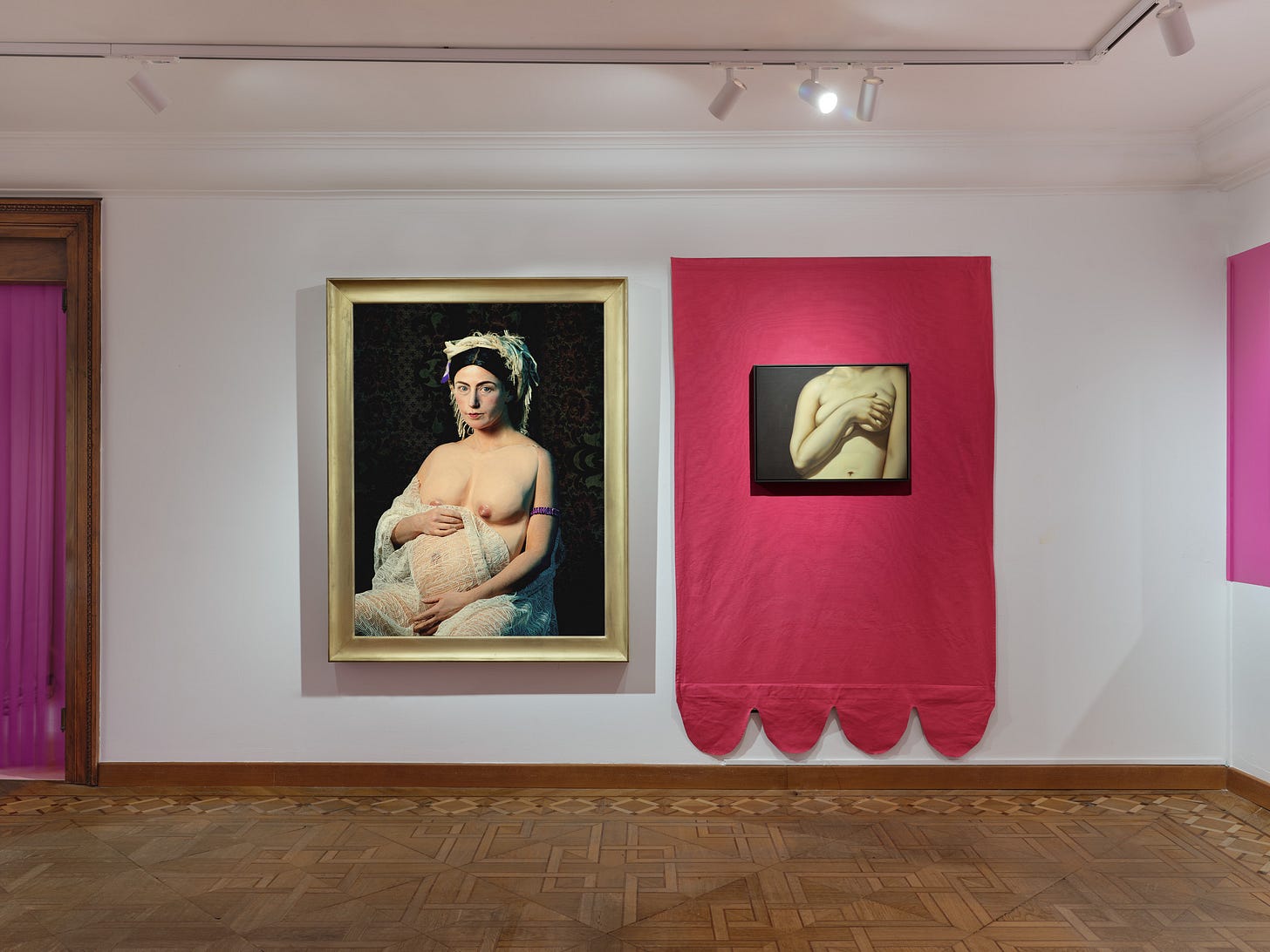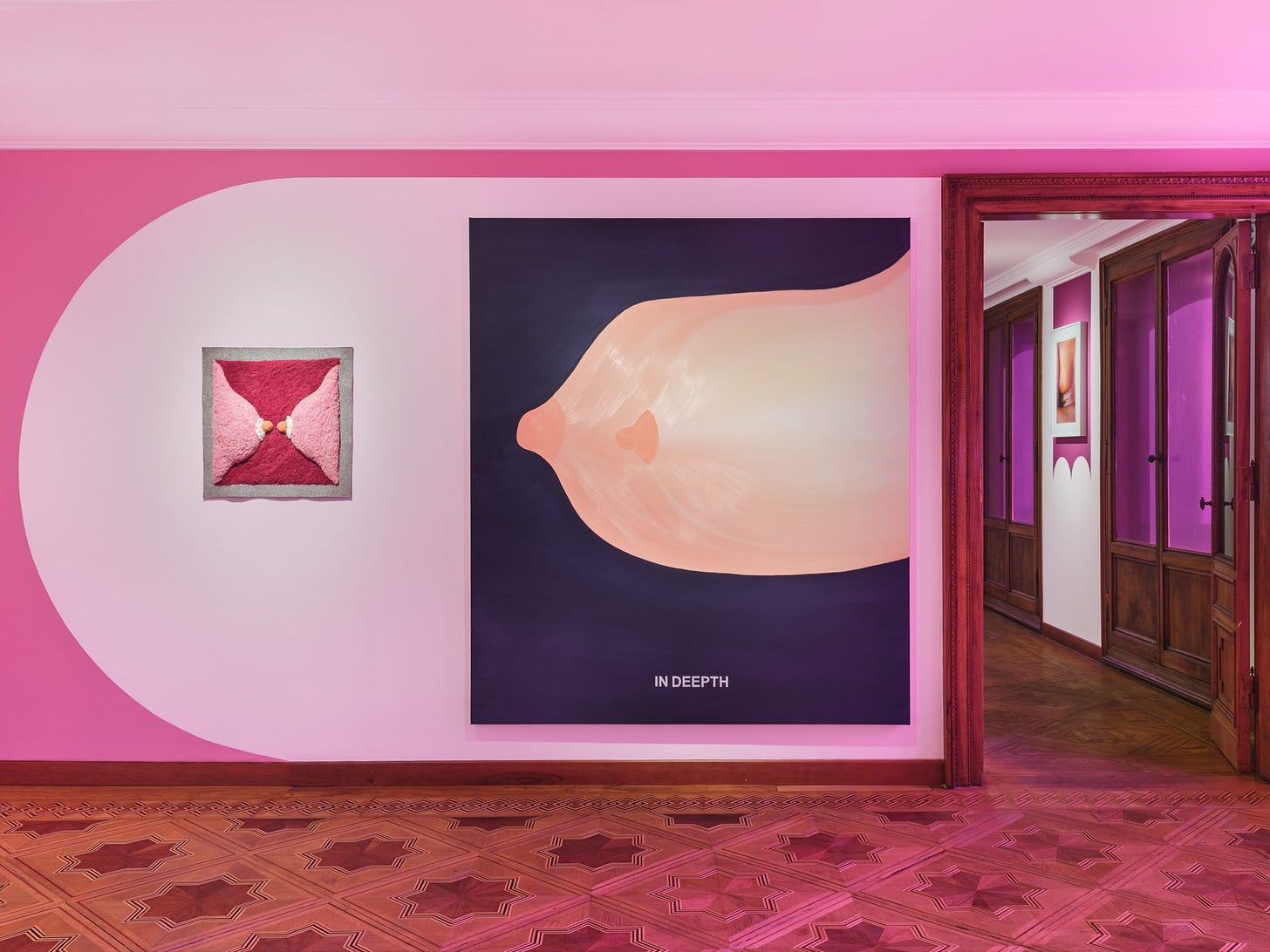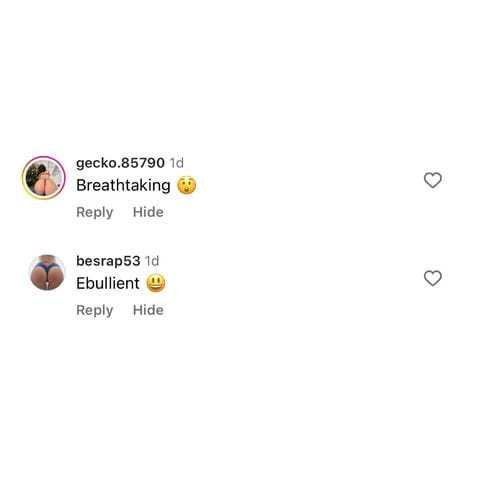Free the Titty, Protect the City: #NippleGate in Venice
What does an exhibition on breasts sponsored by a lingerie brand offer? And is it more than Instagrammability?
Thank you to our sponsors!
Last year, the sex toy brand Amorelie sponsored an exhibition on vaginas in Berlin and it looks like the lingerie brand Intimissimi wanted to hop on the train, too. While I haven’t seen much social media activity on the Amorelie show, people are busy taking pics left and right while walking through this one. Because boobs are less problematic than coochies.
Why even make an exhibition on breasts now? Curator Carolina Pasti (Millennial, Italian) explains her reasoning in the press release as “celebrating the iconography and symbolism of breasts”. Fair enough. There’s another layer that I won’t disclose yet, hang on.
In a way, I feel like the show is based on a preassumption that the public display of breasts is still scandalous and therefore noteworthy. Well, there certainly still is stigma and censorship surrounding women bathing topless or social media accounts posting images with female-read nipples. And unfortunately, there’s still this taboo surrounding this female body part. But instead of demystifying breasts, I come to the conclusion that this exhibition is actually feeding off this narrative.

An art-historical boob job
More than 30 artists from the 16th century until today participate in the show, including big names such as Cindy Sherman (Baby Boomer, American), Salvador Dalí (1904-1989, Spanish), Louise Bourgeois (1911-2010, French), and Marcel Duchamp (1887-1968, French). Many women artists, I respect that. The parcours in which their works are arranged though provides only little narrative.
To enter the exhibition, I have to navigate Booby Trap (2024), a site-specific entryway designed by Buchanan Studio. A bright narrow corridor is laced with reddish-pink curtains and lit by boob lamps. Not the boob lights as in every American household. Literal boob lamps. I then have to find my way through a curtain with the black and white image of a lingerie model on it. Because GOD FORBID anyone forgets that boobs are sexy.
When doing my research for this review, I was more than surprised to learn that this work is apparently “inspired by the colour of breast cancer awareness.” It’s rather giving Red Light District. Brothel. Sex work. It’s as if the curator needs to conceal the severity of breast cancer, the topic at hand, and put it in a nice box of sexual jokes and social media fit aesthetics to bring in visitors. It feels like a bad joke, albeit an instagrammable one.
I’m not done yet. It’s giving the Naked Pistol. Ok, now I’m done.

The five following rooms are organized in themes I couldn’t guess while walking through, given that there were no wall texts. So the first one apparently “examines the historical representation of breasts and the construction of narratives related to the female body”. Like yeah, I sure hope it does. Isn’t this the whole point? Number two focuses on sculpture, number three on photography, the impact of digital media and “how breasts have been employed as a commercial device in marketing and advertising”. The fourth room deals with the fragmentation, abstraction, and deconstruction of breasts and the “connections with consumer culture, materialism, and contemporary society”. The last one screens the film Four For See Beauties (2022) by Laure Prouvost (Gen X, French). I lowkey don’t remember seeing that film, so I can’t make any assessments on that one.
As I said, no wall texts. When I browsed through the exhibition booklet for guidance, I felt transported to an Instagram comment section spammed by Only Fans bots.
Because obviously, you can grasp the complexity of how the female body is represented in art history employing such headers as vivacious, enigmatic, intrepid, sultry. The explanatory texts weren’t of much help either.
In the ‘80s, Jacques Sonck (Baby Boomer, Belgian) photographed a white man with a stache, his naked torso taking up two thirds of the black and white image. The name Marie Louise is tattooed on his chest. A blonde woman in a bathing suit emerges from behind the tree to his left, squinting her eyes as if not expecting the photographer. Now the corresponding text claims that this work “presents a compelling exploration of identity, connection, and possibly gender fluidity” without bringing the initiated thought to conclusion. How exactly might this be an exploration of gender fluidity? Did heteronormative cis men not tattoo the names of their sexual relationships? Like are we trying to force a queer reading when there is barely any evidence for such an interpretation?

My eyes are up here
I feel like most works aren’t disruptive. Nobuyoshi Araki (Post War, Japanese) sure is with his photographs of kinbaku, a traditional Japanese form of erotic bondage. Oliviero Toscani’s (Post War, Italian) photograph of a Black woman breastfeeding a white baby for the 1989 United Colors of Benetton campaign is, too. I also enjoyed Laure Prouvost’s painting The Hidden Paintings Grandma Improved In Deepth (2023) with its Pop Art style. But while some works are giving critical debate or at least aesthetic stimulation, others are giving Etsy and YellowKorner.
One crucial artist is missing in this show: VALIE EXPORT (Silent Generation, Austrian). Her TAP and TOUCH CINEMA (1968/1989) invites viewers to become active participants, not only seeing the cinematic work but experiencing it physically, stretching out their hands into the dark box that wraps around the artist’s body to touch her breasts, keeping eye contact.
Also, if the first room deals with art historical symbolism of breasts, how is there no representation of Roman Charity, the young woman who breastfeeds her imprisoned father to save him from starvation? Or maybe idk… Saint Agatha, THE PATRON SAINT OF BREAST CANCER??!!

While the press release claims that “[t]he mission of this exhibition is to promote awareness of breast cancer to a broader public through the channel of art”, I felt rather like in the waiting room of a Hollywood plastic surgeon to be called in for my boob job. Exiting the exhibition, I found myself in a room where I can purchase the catalog, examine breast implants for breast cancer patients and see the latest Intimissimi collection on mannequins.
The exhibition at whole keeps a rather heteronormative perspective, no real discussion of gender affirming surgery or breasts on transgender bodies. Breasts are literally turned into an aesthetic by being made into art and displayed on pretty pink background. The color looked like an aesthetic choice, not like a reminder of breast cancer. The show doesn’t live up to its set expectations. Or maybe the expectations weren’t set that high in the first place.
Considering a boob job? Have a look at art historical alternatives at Breasts until November 24, 2024 at Palazzo Franchetti.
ACP Palazzo Franchetti
S. Marco, 2847
30124 Venice
Website
Instagram: @breastsartexhibition
Thank you for sticking around! What do we think of this one? Leave me a comment with your thoughts. And don’t forget to like the post if you’re a subscriber. If you want to, share with a friend as well!
See you soon!!!
Jennifer
The Gen Z Art Critic






I also definitely do not remember a room screening a movie are they sure about that?
👏👏👏